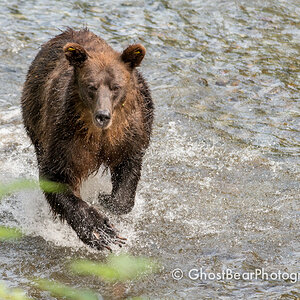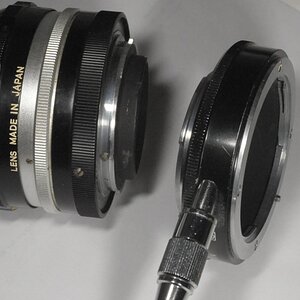flyfisherntyer
TPF Noob!
- Joined
- Jun 25, 2012
- Messages
- 8
- Reaction score
- 0
I'm new to this forum and I'm sure this may have been asked and answered previously but I would like to ask what size medium telephoto lens for my Canon T3i would the resident experts recommend for portraits and the like.
Thanks in advance for any help.
Thanks in advance for any help.



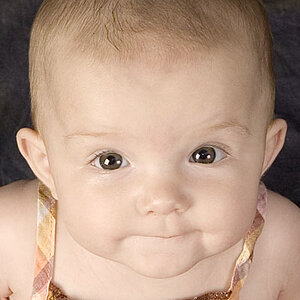
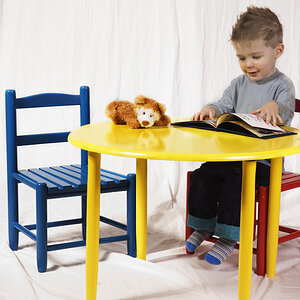
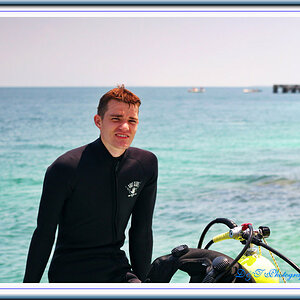
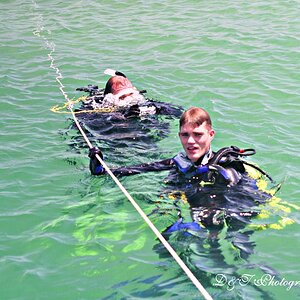
![[No title]](/data/xfmg/thumbnail/34/34483-f862f99992bbdd79e95d390a65e59f6e.jpg?1619736510)
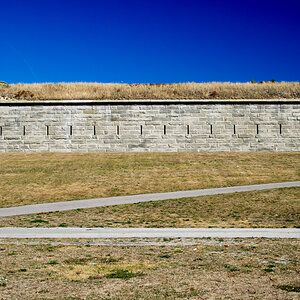
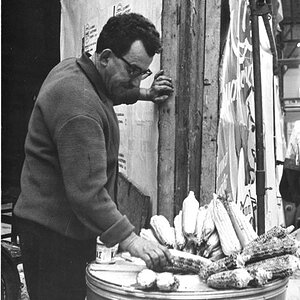
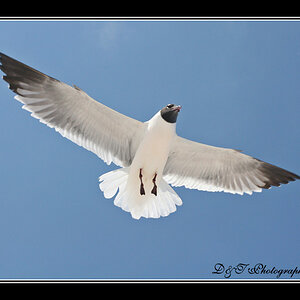
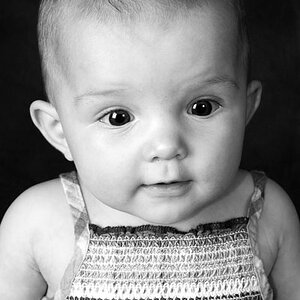
![[No title]](/data/xfmg/thumbnail/42/42253-fef7e43227f484b1a95dd6d85c03bd40.jpg?1619740063)
